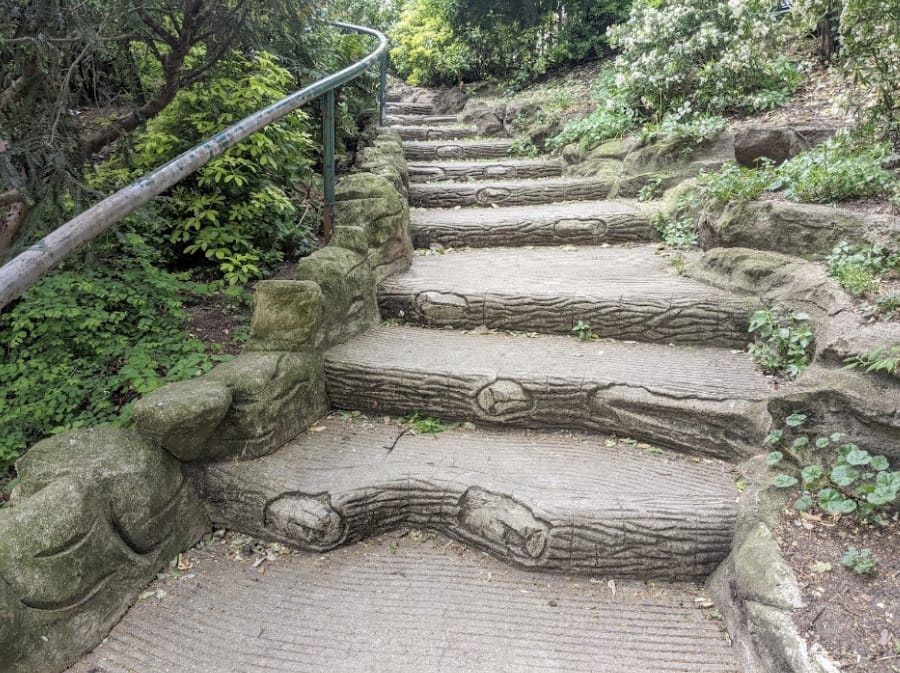
What it takes

Great things are not done by impulse,
but by a series of small things brought together.
— Vincent Van Gogh
During his lifetime, Moshe Feldenkrais experimented with different approaches to answering the question, “What does it take to become a Feldenkrais teacher?”
Dr. Feldenkrais’ first training program, held in Tel Aviv, lasted three years, met for a couple of hours every day of the week over three years, and focused entirely on individual Functional Integration lessons. Then he taught two summer intensives in California — one in Big Sur, at the Esalen Institute, and the other in Berkeley, in the early 1970s, which were exclusively about giving group Awareness Through Movement classes.
His last programs, one in San Francisco in the mid-1970s and the other in Amherst, Massachusetts, which ran for four consecutive summer sessions, integrated the teaching of individual and group lessons.
All the programs followed a similar learning logic. Trained as an engineer and a martial artist, Moshe’s way of teaching was more martial arts master than university professor. He gave lectures occasionally, but classes were primarily based on learning by doing; his approach was far more experiential than didactic.
I started asking what it takes to teach Moshe’s method when, at 22 years old, I began studying with him. I couldn’t help but wonder if his remarkable capacity to help others overcome their limitations was unique to him. How could he see possibilities in others that they could not find for themselves? How does someone learn that? Is it possible to understand the inner workings of his approach? To develop the necessary observational acuity? To master the required skills and abilities?
By the time I qualified as a Feldenkrais trainer in 1994, I had been practicing for more than a decade. This central question continued to engage and inspire me as I taught in and directed programs in Australasia, Europe, and the US. I witnessed different teaching styles and course designs, collaborated with mentors and colleagues, discovered what works and what doesn’t, and developed and implemented diverse curricula. 
About half of my work as a trainer has been presenting advanced seminars and extended postgraduate programs. The colleagues who studied with me ranged from those who were successful and wanted to continue improving to others struggling to understand and practice the method. What I discovered influenced how and what I taught in basic teacher trainings.
The most important things I learned are that the Method is, indeed, learnable and, equally importantly, that one size does not fit all.
You can find out more about the history and philosophy of professional education in the chapter I wrote about Training Feldenkrais Teachers in The Feldenkrais Method: Learning Through Movement by Chrish Kresge and Staffan Elgelid.
To discover what it takes to become a confident and competent Feldenkrais teacher, please join me for a webinar on Sunday, December 3, 2023, at 8:00 PM European time. During What It Takes to Become a Feldenkrais Teacher, I will delve into the details of what we have learned about preparing future teachers, how these lessons influenced the curriculum design of the upcoming PRO-Feldenkrais International Teacher Training Netherlands, and present an Awareness Through Movement lesson as well. Even if you won’t be able to attend, I encourage you to register anyway; that way, you will receive access to the recording of my presentation.
The question “What it takes” has a clear answer. Sign up and discover what it takes to become a Feldenkrais teacher today!
I took the photo of the staircase above behind the Musée de L’Homme in Paris in April 2022.
Your thoughts?
Please let us know your perspective! Add your comments, reactions, suggestions, ideas, etc., by first logging in to your Mind in Motion account and then clicking here.
Commenting is only available to the Mind in Motion Online community.
Join in by getting your free account, which gives you access to the e-book edition of Articulating Changes (Larry's now-classic Master's thesis), ATM® lessons, and more — all at no charge whatsoever.
To find out more and sign up, please click here.
Please share this blog post
 This work is licensed under a Creative Commons Attribution-ShareAlike 4.0 International License
This work is licensed under a Creative Commons Attribution-ShareAlike 4.0 International License
This blog may contain one or more affiliate links. When you click on a link and then make a purchase, Mind in Motion receives a payment. Please note that we only link to products we believe in and services that we support. You can learn more about how affiliate links work and why we use them here


Would love to register but could not navigate the Dutch. Also not sure what European time is!
Hello Madeline –
You don’t have to navigate the website in Dutch. If you’ll look at the upper left corner of the page, you’ll see a Dutch flag and the word “Nederlands” followed by an arrowhead pointing down. Click on the down arrow and select English.
To find out the time of the class where you live, please click on this link.